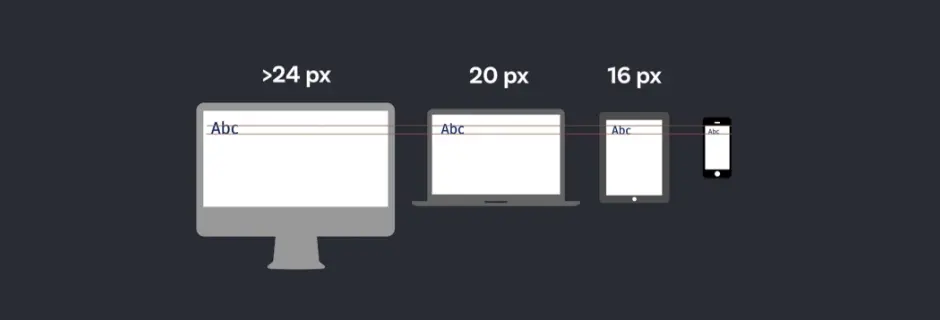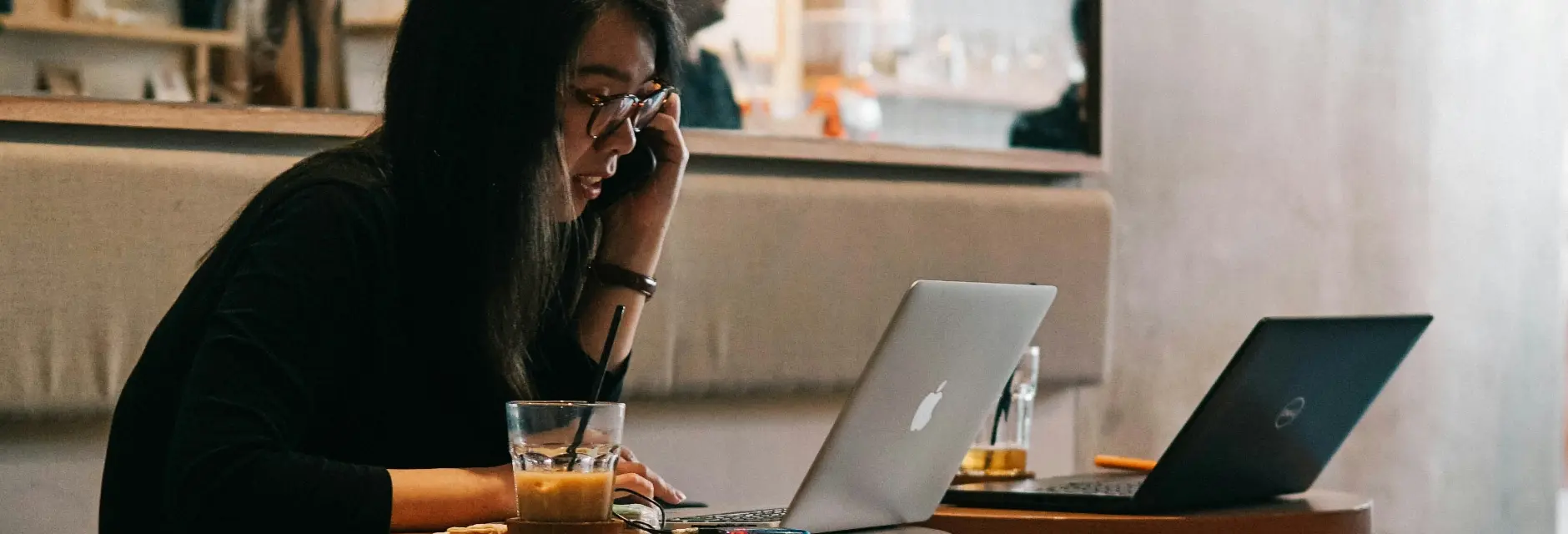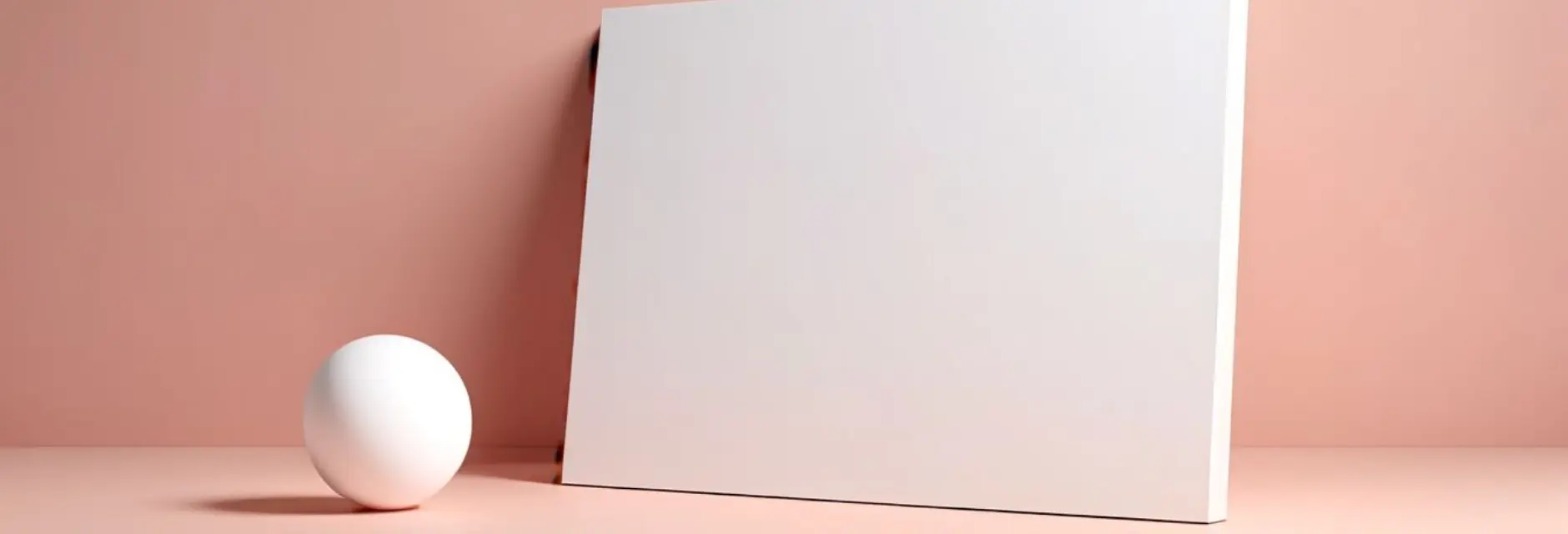In the ever-evolving digital landscape, the principles of User Interface (UI) design extend beyond visual aesthetics to encompass a profound understanding of human psychology. UI designers are not just artists; they are behavioral scientists, meticulously crafting interfaces that resonate with users on a psychological level. This journey through the psychology of UI design unveils the intricacies of how human behavior influences website interactions. By delving deep into the psyche of users, we can unlock strategies that empower UI designers to create interfaces that not only captivate but also drive meaningful and impactful interactions.
Human cognitive capacity is limited, and UI designers are acutely aware of this constraint. The psychology of UI design dictates that cognitive load – the mental effort required to process information – must be minimized. By embracing simplicity, UI designers ensure that users can absorb information effortlessly. Clear typography, minimalistic layouts, and concise messaging are all tools that alleviate cognitive load, allowing users to navigate and engage without feeling overwhelmed.
In a world of endless digital stimuli, users tend to make quick decisions based on visual cues. The psychology of visual hierarchy comes into play here, as UI designers leverage elements like size, color, and placement to direct users’ attention. By orchestrating a clear visual hierarchy, designers not only enhance the aesthetics of the interface but also influence users’ decisions, guiding them toward the desired actions.
Fear of Missing Out (FOMO) is a psychological phenomenon that drives individuals to take action for fear of losing out on valuable experiences or opportunities. UI designers tap into FOMO by infusing persuasive design elements. Whether it’s showcasing limited-time offers, exclusive content, or highlighting the popularity of certain products, FOMO triggers a sense of urgency that compels users to engage and convert.
Human behavior is deeply rooted in emotion, and UI designers harness this connection through imagery. Compelling visuals evoke emotional responses, creating a bond that transcends mere rationality. Whether it’s the use of relatable human faces, evocative imagery, or storytelling through visuals, emotional engagement establishes a memorable interaction that keeps users engaged and curious.
Colors hold inherent psychological meanings and associations. UI designers leverage color psychology to trigger specific emotions and set the tone for user interactions. Warm colors like red and orange can evoke feelings of urgency or excitement, while cooler tones like blue convey trust and calmness. A strategic color palette resonates with users on a subconscious level, influencing their emotions and perceptions.
Hick’s Law proposes that the time it takes for a person to make a decision increases with the number of choices available. UI designers adhere to this principle by simplifying navigation and minimizing options. By presenting users with limited, relevant choices, designers expedite decision-making. Streamlined navigation enhances the user experience, making interactions intuitive and satisfying.
Humans seek patterns and consistency as a means of comfort and reliability. UI designers utilize this innate behavior by maintaining visual consistency in typography, colors, and interactions across a website. Consistency builds trust, reassuring users that they are in a familiar environment. Trust paves the way for higher engagement, as users are more likely to explore and convert on a website they deem reliable.
The Mere Exposure Effect posits that individuals tend to develop a preference for things simply because they are familiar with them. UI designers integrate familiar design patterns, icons, and navigation structures to create a sense of comfort and recognition. This familiarity not only reduces the cognitive load of learning a new interface but also instills confidence in users, leading to increased engagement and conversions.
While offering choices is essential, an overwhelming number of options can lead to decision paralysis. The Paradox of Choice theory emphasizes that too many options can inhibit decision-making or lead to feelings of regret. UI designers address this by curating options, presenting users with a manageable selection. By minimizing decision overload, designers create an environment where users are more willing to explore and engage.






